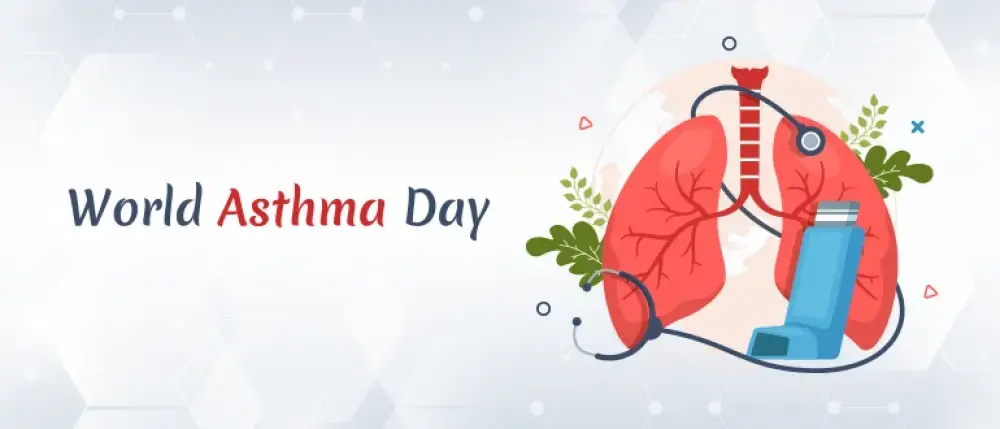How Long Do Broken Bones Take to Heal? Factors Affecting Healing
A bone fracture is more than just a break in the skeletal structure—it’s a serious injury that affects mobility, daily functioning, and overall quality of life. While minor fractures may heal with rest and immobilization, serious or complex fractures often require surgery, extended recovery time, and physical rehabilitation. Understanding the bone healing process, recovery timeline, and influencing factors is crucial for setting expectations and ensuring full recovery.
—
What Is a Bone Fracture?
A fracture refers to a break, crack, or complete separation in a bone. The severity of a fracture can vary widely, from a hairline crack to a full break with bone displacement. The most common types of fractures include:
Simple (closed) fractures: Bone breaks but does not pierce the skin.
Compound (open) fractures: Bone breaks through the skin, increasing risk of infection.
Comminuted fractures: Bone shatters into several fragments.
Greenstick fractures: Partial break, common in children due to flexible bones.
Stress fractures: Tiny cracks caused by repetitive stress, often seen in athletes.
—
How Long Does It Take for a Bone to Heal?
The time it takes for a bone to heal after a serious fracture depends on various factors including the type of fracture, location, age, and overall health of the patient. On average:
Mild to moderate fractures: 6 to 8 weeks
Severe or compound fractures: 12 to 16 weeks
Fractures in older adults or those with chronic illness: 3 to 6 months or more
Healing Time by Location
Bone Location Estimated Healing Time
Fingers or toes 3–6 weeks
Arm or wrist 6–8 weeks
Leg or ankle 10–16 weeks
Hip or pelvis 12 weeks or longer
Spine Several months
—
The Four Stages of Bone Healing
Bone healing is a complex biological process that occurs in four distinct stages:
1. Inflammation Stage (First 1–7 days)
Immediately after a fracture, blood vessels are damaged, and bleeding occurs around the break. This causes swelling, bruising, and pain. Blood clots form, initiating the healing process and delivering cells to the area that remove debris and begin building new tissue.
2. Soft Callus Formation (1–3 weeks)
Fibrous tissue and cartilage begin to bridge the broken bone segments, creating what’s called a “soft callus.” This callus is not yet strong enough for weight-bearing, but it stabilizes the area.
3. Hard Callus Formation (3–6 weeks)
The soft callus gradually hardens as new bone (woven bone) is formed. X-rays during this stage will show the beginning of visible healing. Weight-bearing may be allowed depending on the location and stability of the fracture.
4. Bone Remodeling (6 weeks to several months)
The final stage involves the replacement of immature bone with mature bone. This remodeling phase strengthens the bone, reshapes it to its original form, and can last several months to a year, especially after severe fractures.
—
Factors That Affect Bone Healing
1. Age
Younger individuals, especially children and teenagers, typically heal faster due to higher bone turnover and better circulation. Elderly people may experience slower healing due to decreased bone density and circulation.
2. Type and Location of Fracture
Clean breaks in small bones heal faster than complex, comminuted, or joint-involved fractures. For example, a toe fracture may heal in a few weeks, while a hip fracture can take several months.
3. Treatment Method
Non-surgical treatment such as splinting or casting is suitable for simple, stable fractures.
Surgical intervention involving metal rods, screws, or plates may be necessary for unstable or displaced fractures. Surgical cases often require longer rehabilitation time.
4. Nutrition
A diet rich in calcium, vitamin D, protein, and zinc supports bone regeneration. Poor nutrition can slow healing or lead to complications like delayed union or non-union.
5. Lifestyle Factors
Smoking impairs blood flow and bone regeneration.
Excessive alcohol intake can interfere with calcium absorption.
Physical activity and physical therapy after initial healing are essential for restoring strength and function.
6. Medical Conditions
Conditions like osteoporosis, diabetes, and autoimmune diseases can slow down the healing process. Certain medications like corticosteroids may also inhibit bone regeneration.
—
Recovery and Rehabilitation
Healing doesn’t stop once the bone is fused. Rehabilitation is a critical component of fracture recovery, especially after serious injuries. Physical therapy helps restore:
Range of motion
Muscle strength
Balance and coordination
Neglecting rehab can lead to long-term stiffness, weakness, or re-injury.
—
When to Seek Medical Advice
While some discomfort is expected during healing, contact your healthcare provider if you experience:
Increasing pain or swelling
Redness or warmth around the injury site
Fever (sign of possible infection)
Numbness or tingling
Difficulty moving the affected limb even after several weeks
—
Final Thoughts
Bone fractures are serious injuries that demand proper medical care, time, and patience to heal fully. While most fractures follow a general healing pattern, the timeline can vary greatly depending on individual circumstances. With good nutrition, proper treatment, and adherence to rehabilitation, most people recover well and regain full use of the injured bone.
Always follow your doctor’s recommendations closely and report any unusual symptoms promptly. Remember, complete healing isn’t just about the bone fusing back together—it’s also about regaining strength, function, and confidence in movement.

